Saint Vincent de Paul, lover of the poor and servant of God, intercede for us that we may follow your example of charity, humility, and selflessness. Help us to see Christ in those who are suffering and to serve them with love and compassion. Guide us to live out our faith with generosity and grace. Amen.
ST. VINCENT DE PAUL
ST. VINCENT DE PAUL
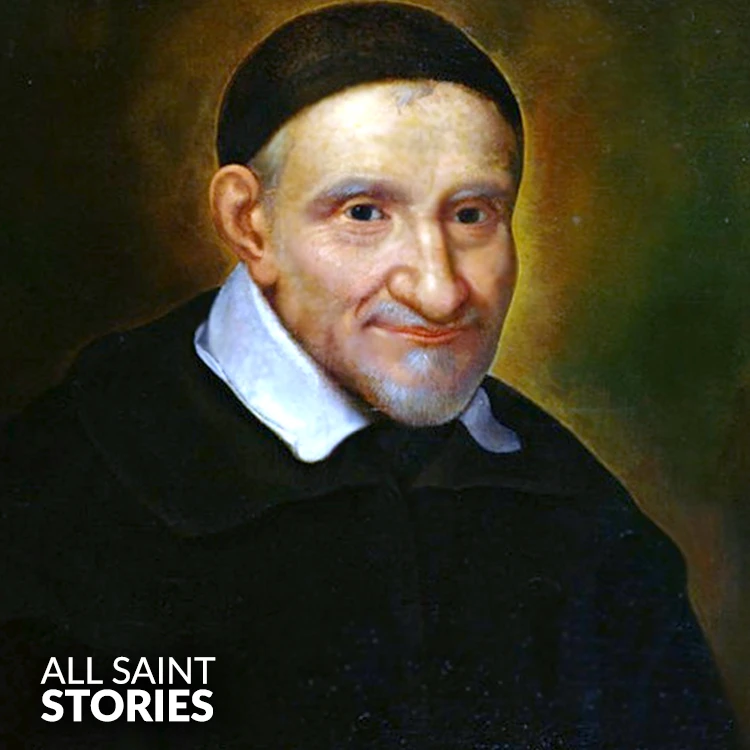
-St. Vincent de Paul was a French priest renowned for his charitable works, missionary efforts, and dedication to the poor. He founded the Congregation of the Mission (Vincentians) and the Daughters of Charity, organizations that revolutionized charitable service. His life’s mission was to uplift the suffering and instill the spirit of Christian charity in society.
Vincent de Paul was born in 1581 in Pouy, France, to a humble farming family. Recognizing his intellect, his parents sent him to study for the priesthood. Ordained in 1600 at the age of 19, Vincent initially sought a comfortable ecclesiastical career but soon experienced a transformation that led him to dedicate his life to serving the poor.
During a journey by sea in 1605, Vincent was captured by pirates and sold into slavery in North Africa. After two years, he managed to escape and returned to France, where he began ministering to the poor and imprisoned. This experience deeply shaped his spiritual mission.
In 1617, he established the first Confraternity of Charity, a lay group dedicated to serving the needy. Seeing the immense suffering of the poor, he founded the Congregation of the Mission (Vincentians) in 1625, a society of priests committed to preaching missions and serving the destitute. Later, with the help of St. Louise de Marillac, he co-founded the Daughters of Charity, a groundbreaking religious order of women who took their vows outside convent walls, working directly with the poor in hospitals, orphanages, and homes.
St. Vincent de Paul’s influence extended beyond France. He advised kings, organized relief missions for war-torn areas, and reformed the clergy by establishing seminaries. His tireless efforts to aid abandoned children, prisoners, and the sick earned him the title "Father of the Poor."
On September 27, 1660, St. Vincent passed away at the age of 79. His legacy of charity continues through the Society of St. Vincent de Paul, founded in the 19th century, which operates worldwide to serve those in need. Pope Clement XII beatified him in 1729, and Pope Clement XII canonized him in 1737.
Video Not Found
The information on this website is compiled from various trusted sources. While we aim for accuracy, some details may be incomplete or contain discrepancies.
If you notice any errors or have additional information about this saint, please use the form on the left to share your suggestions. Your input helps us improve and maintain reliable content for everyone.
All submissions are reviewed carefully, and your personal details will remain confidential. Thank you for contributing to the accuracy and value of this resource.
Credits & Acknowledgments
- Anudina Visudhar (Malayalam) – Life of Saints for Everyday
by Msgr. Thomas Moothedan, M.A., D.D. - Saint Companions for Each Day
by A. J. M. Mausolfe & J. K. Mausolfe - US Catholic (Faith in Real Life) – Informational articles
- Wikipedia – General reference content and images
- Anastpaul.com – Saint images and reflections
- Pravachaka Sabdam (Malayalam) – Saint-related content and insights
We sincerely thank these authors and platforms for their valuable contributions. If we have unintentionally missed any attribution, please notify us, and we will make the correction promptly.
If you have any suggestion about ST. VINCENT DE PAUL
Your suggestion will help improve the information about this saint. Your details will not be disclosed anywhere.
© 2025 Copyright @ www.allsaintstories.com

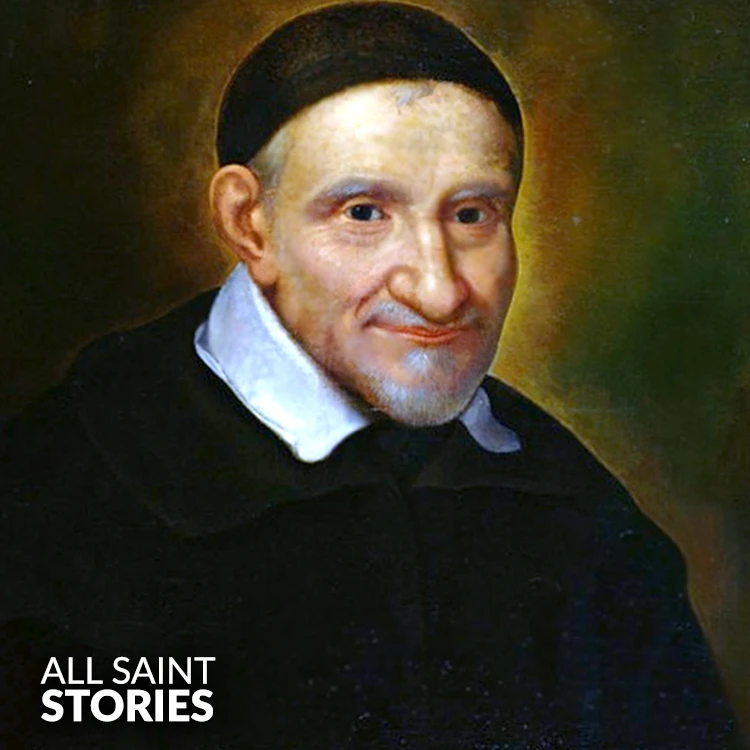
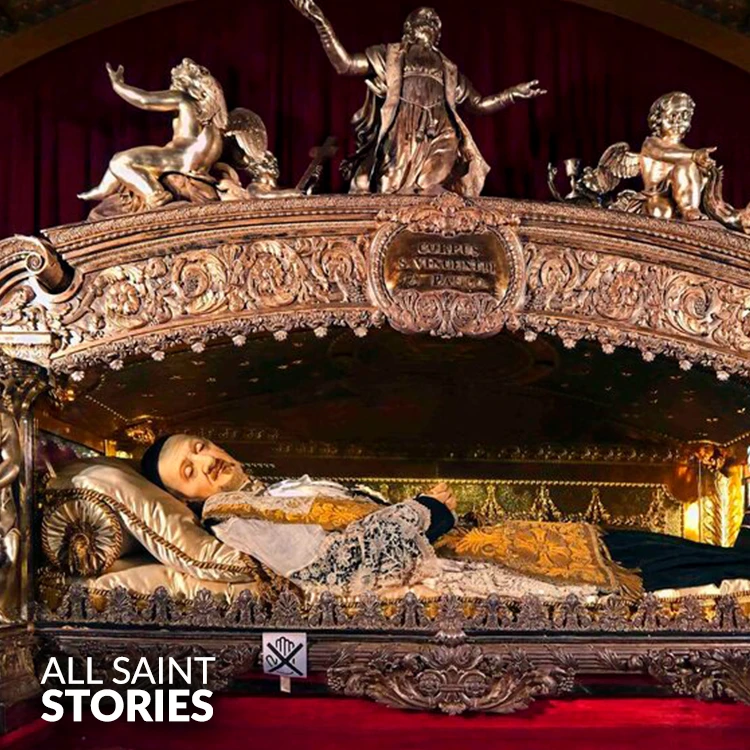
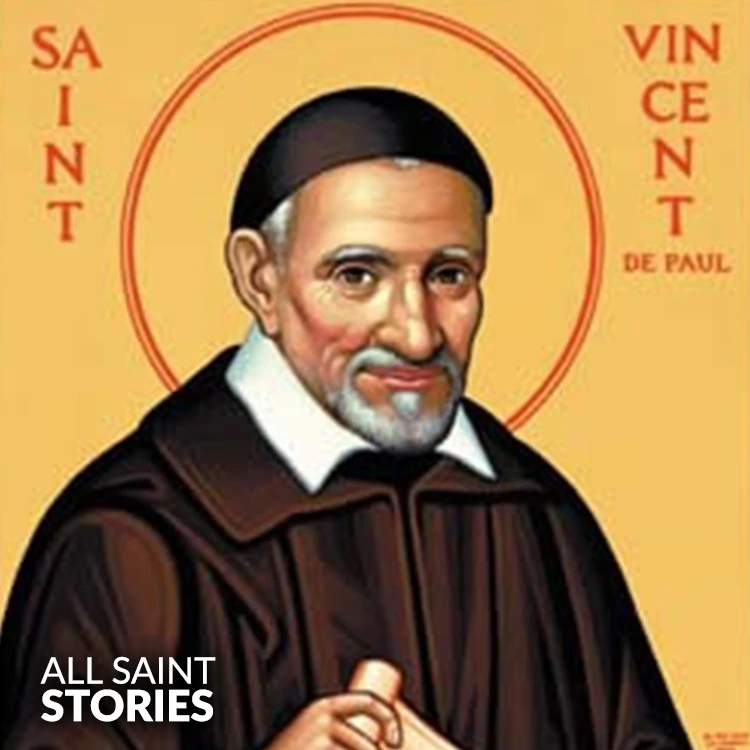
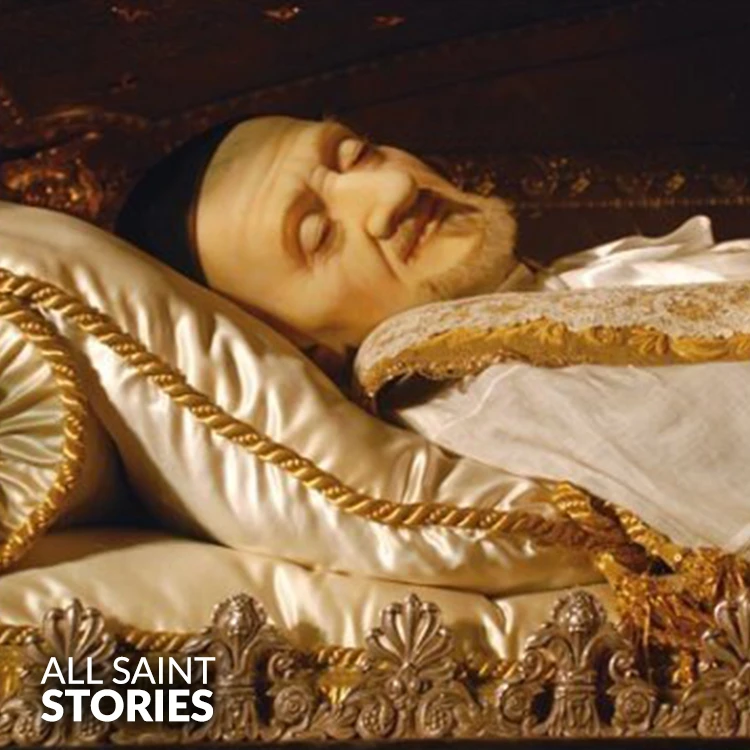
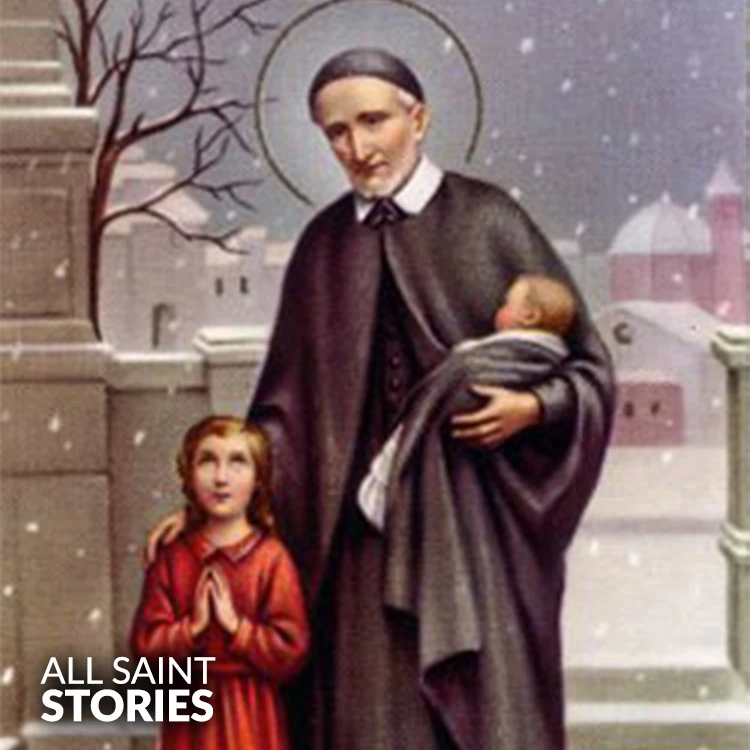
 English
English
 Italian
Italian
 French
French
 Spanish
Spanish
 Malayalam
Malayalam
 Russian
Russian
 Korean
Korean
 Sinhala
Sinhala
 Japanese
Japanese
 Arabic
Arabic
 Portuguese
Portuguese
 Bantu
Bantu
 Greek
Greek
 German
German
 Dutch
Dutch
 Filipino
Filipino